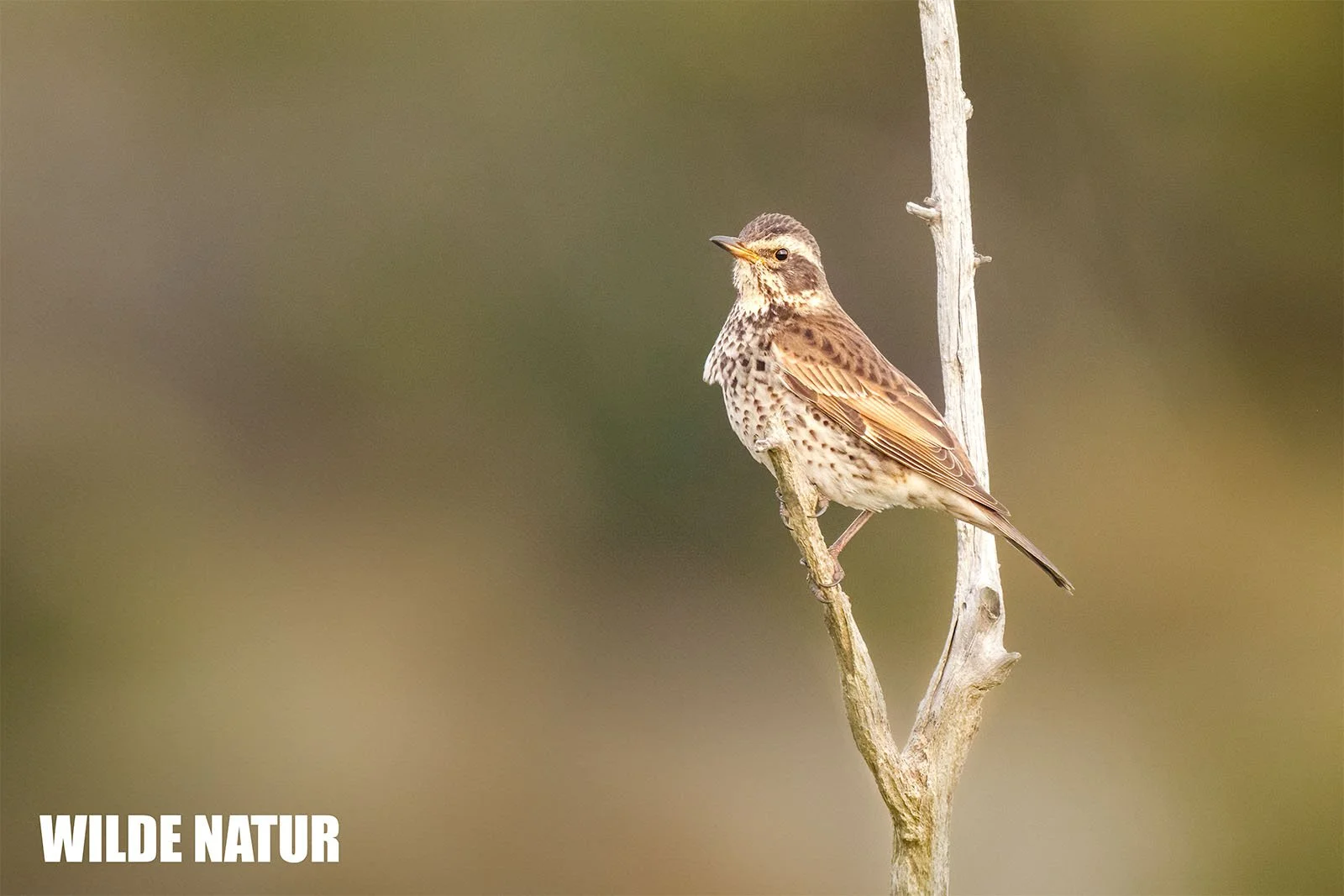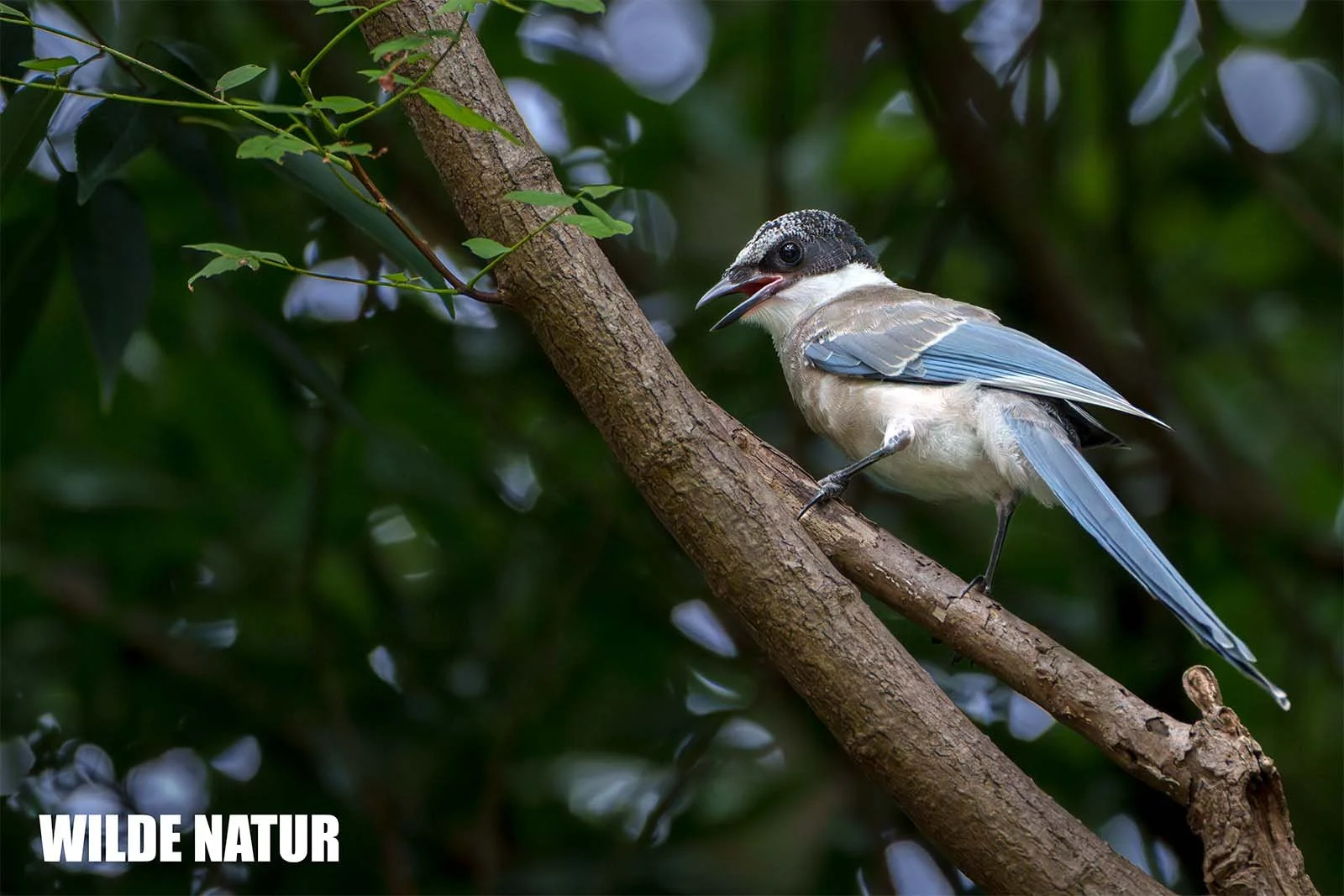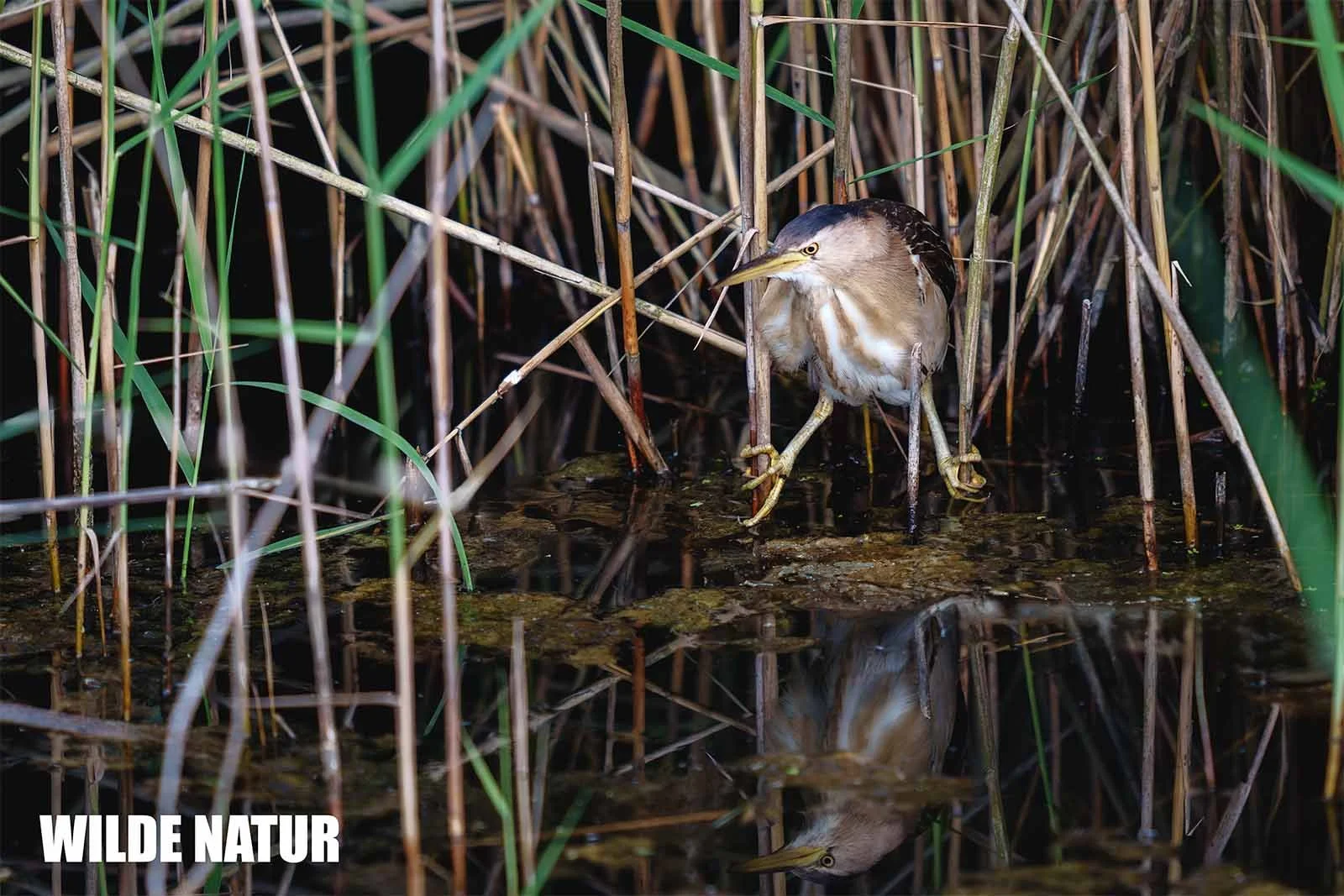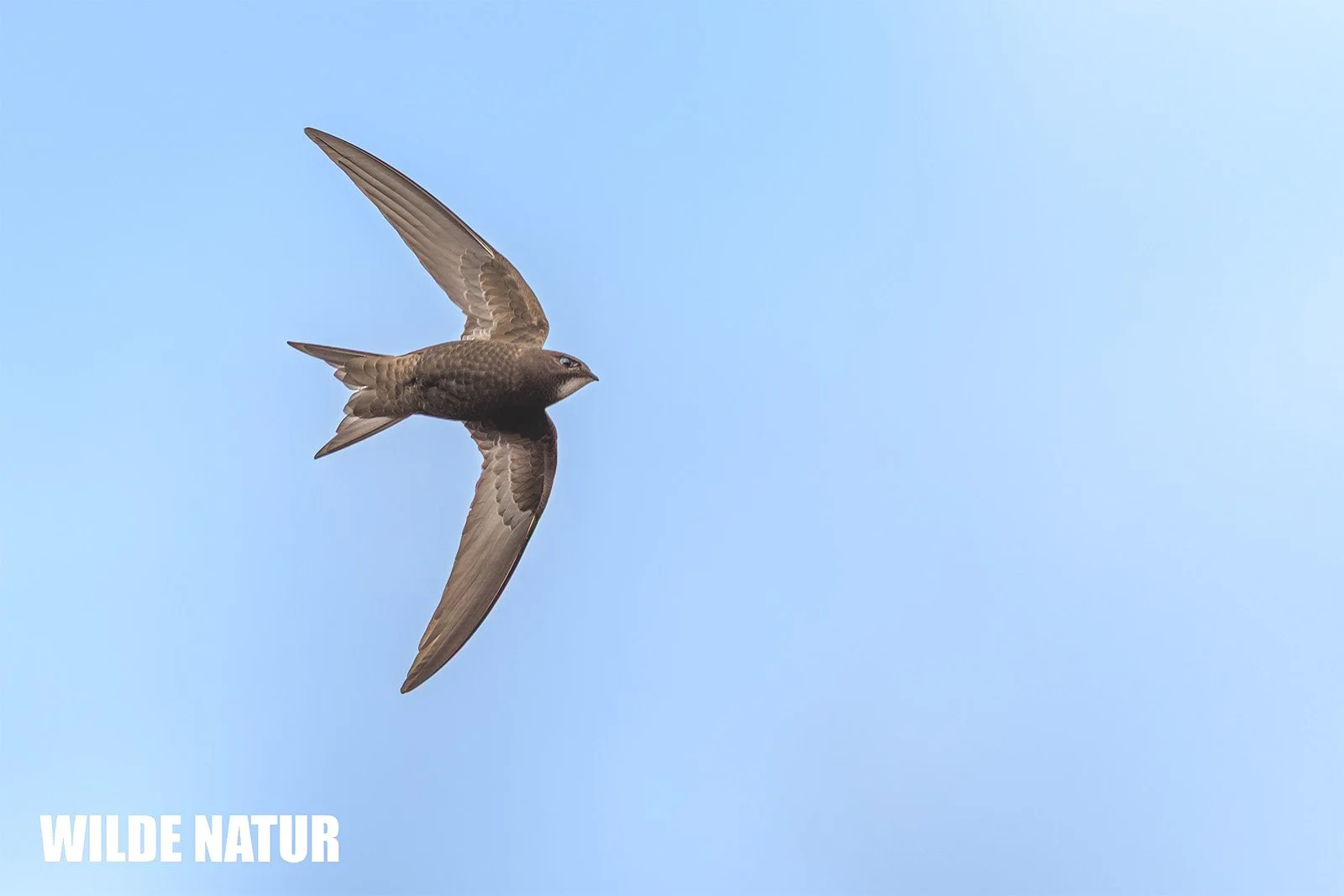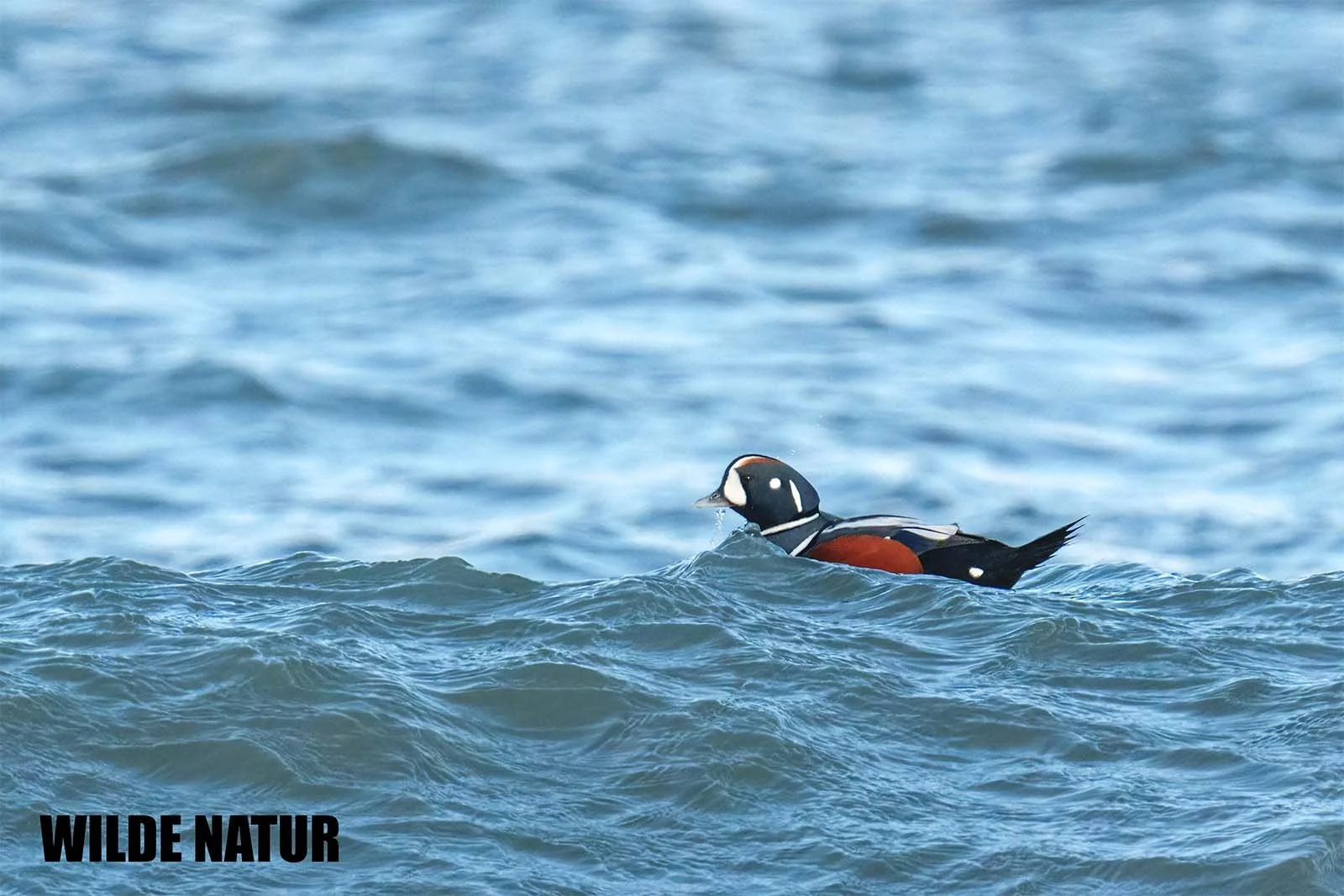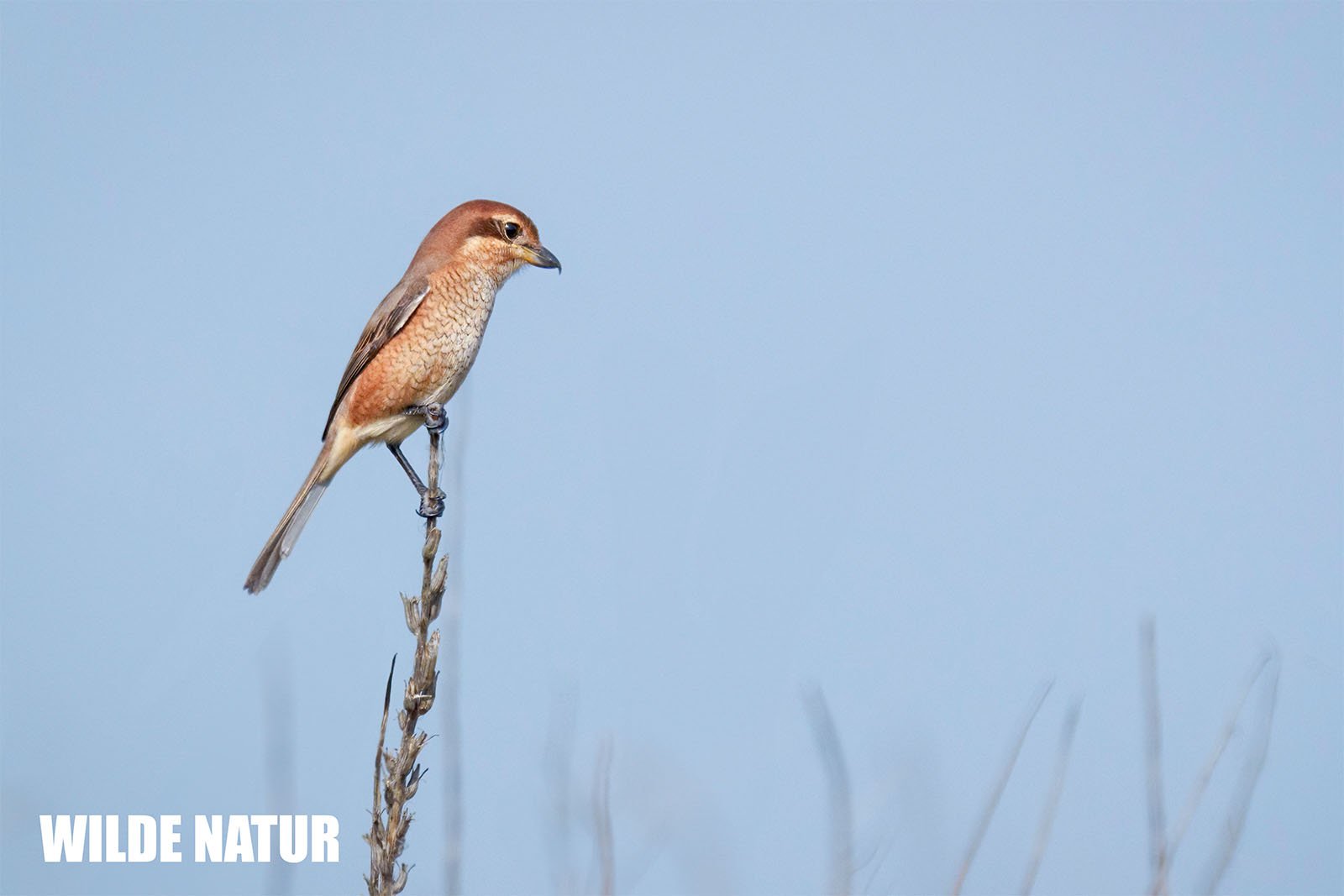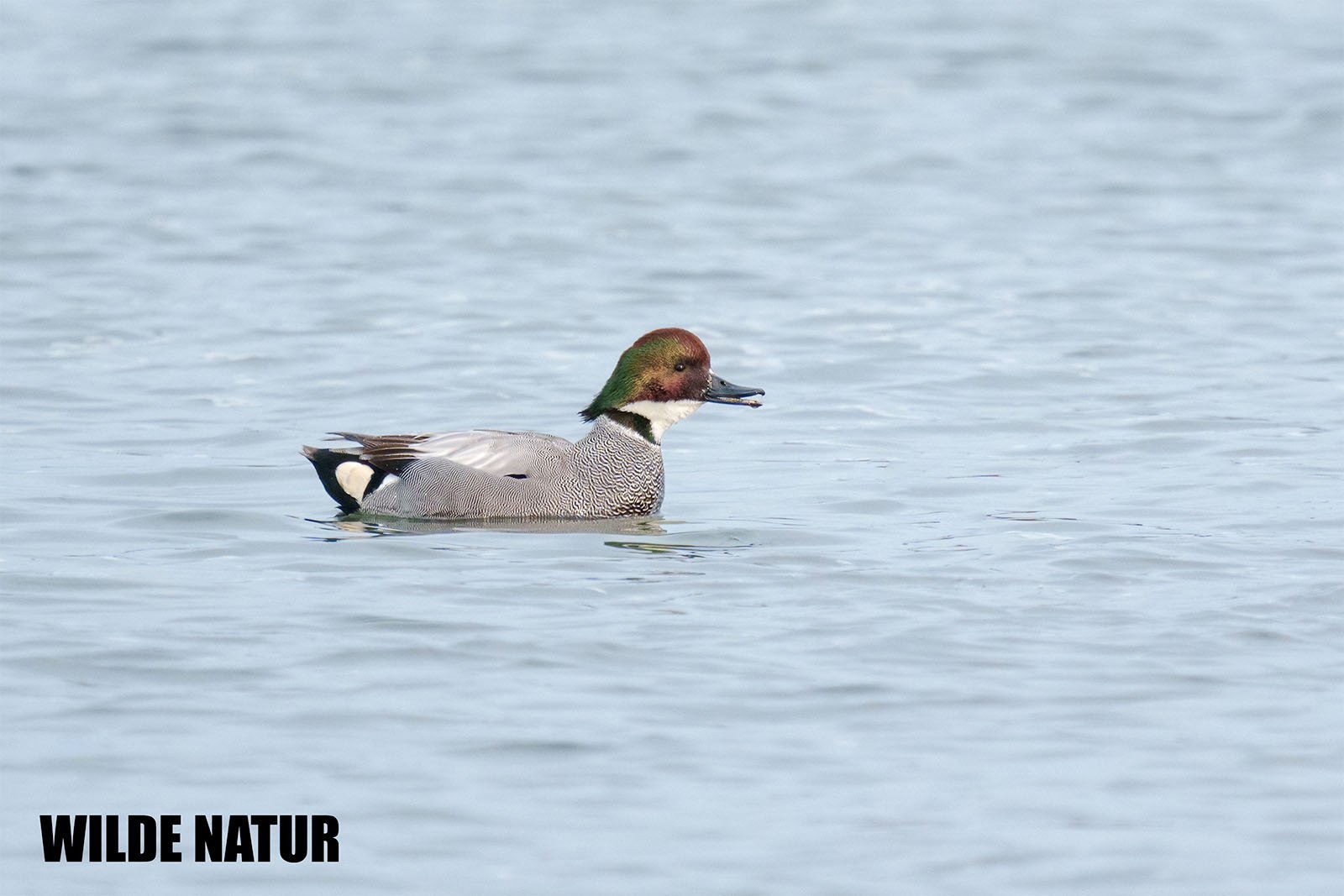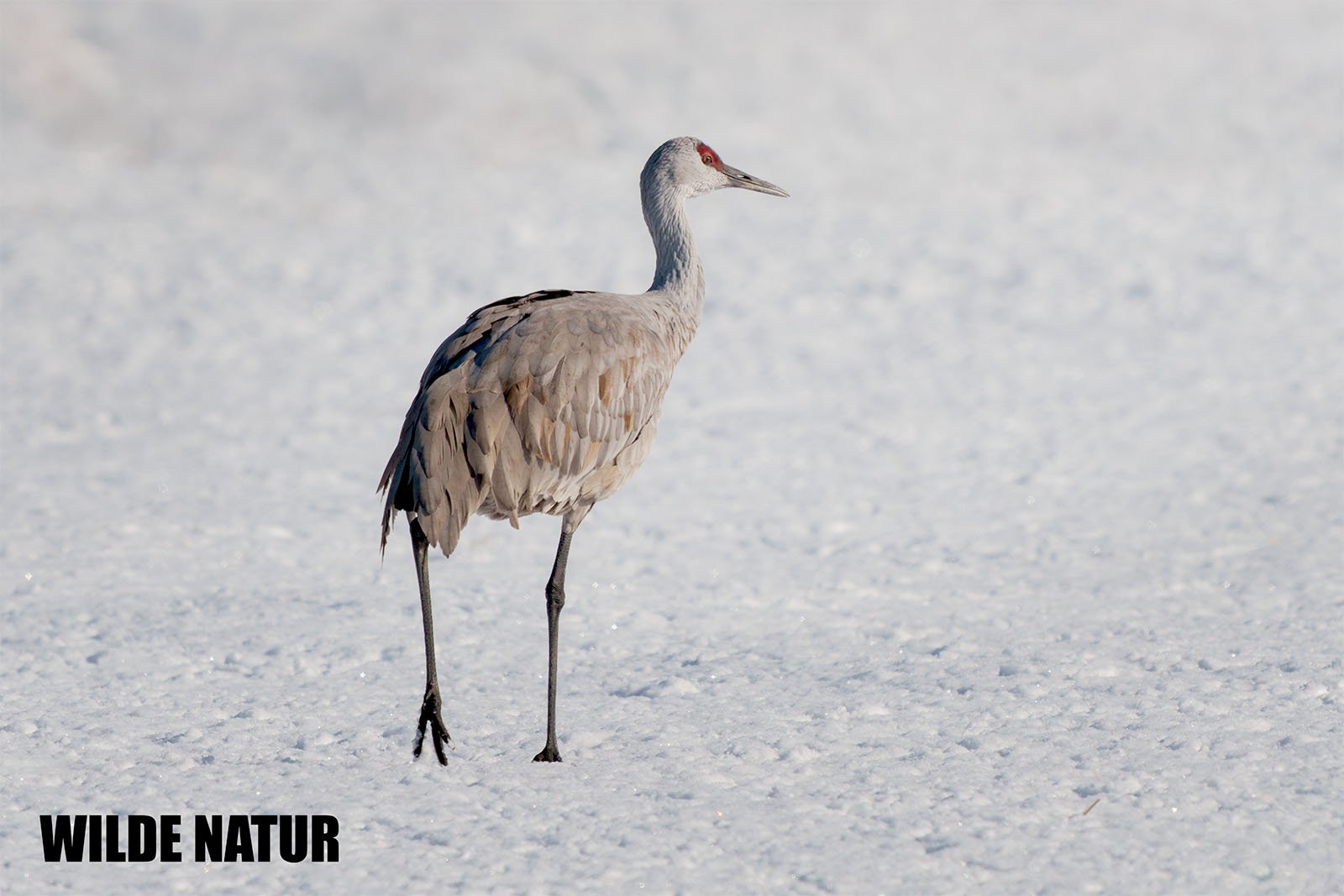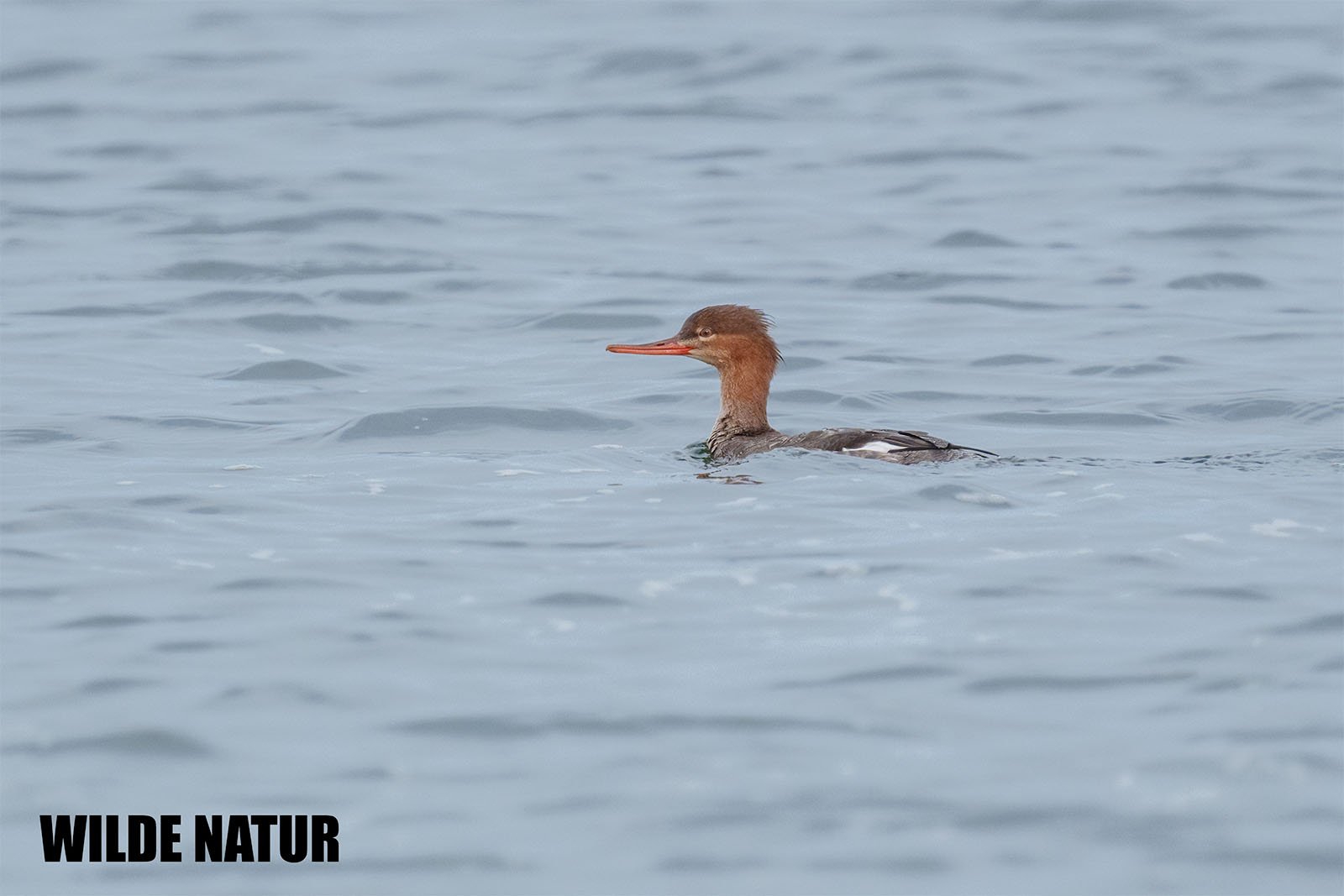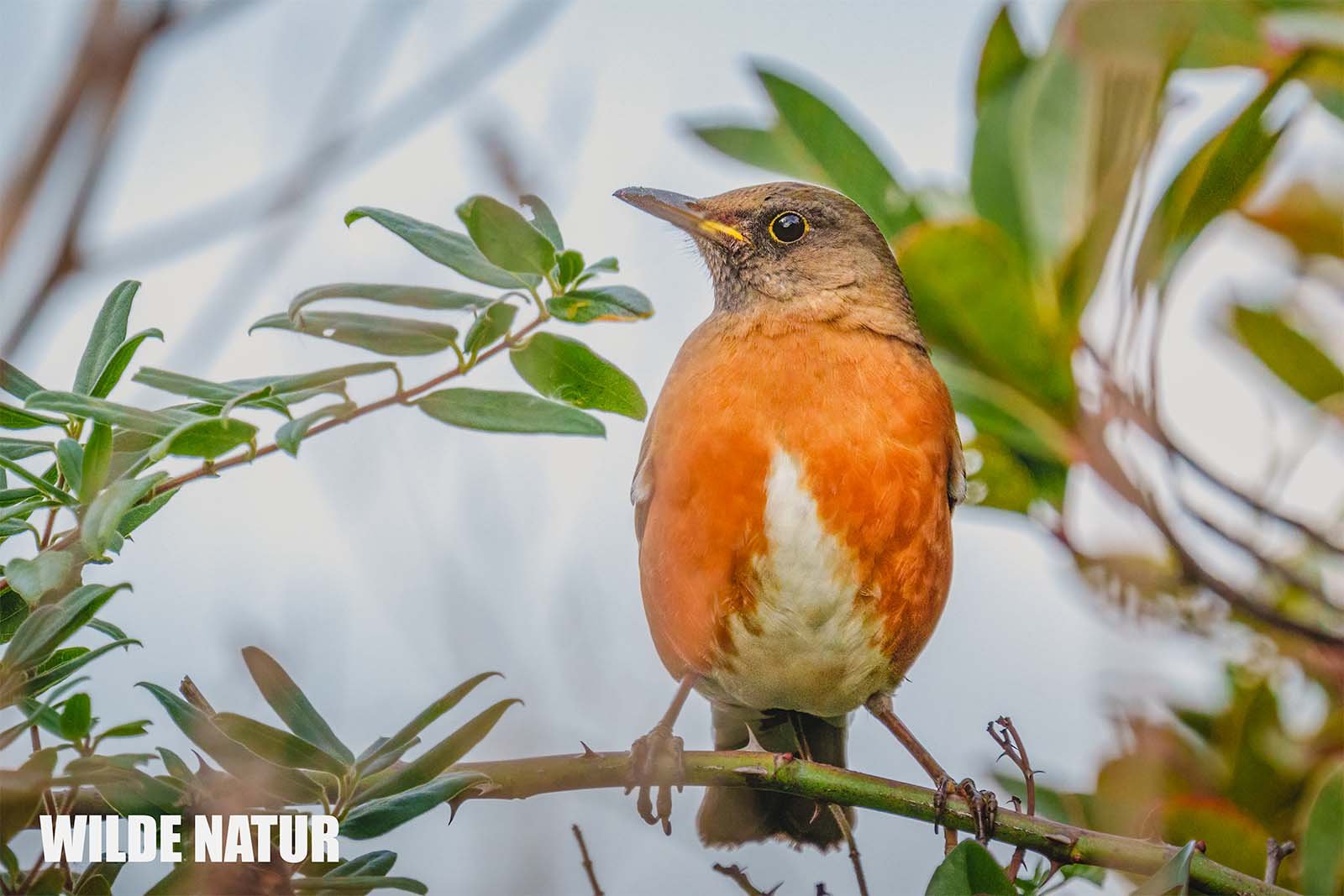Dusky thrush (Turdus eunomus)
Dusky thrush (Turdus eunomus)
Dusky Thrush – The Speckled Winter Guest
With its characteristic speckled plumage and rust-colored wing patches, the dusky thrush (Turdus eunomus) is a striking winter visitor to Japan, often seen in gardens and fields.
Shortlist
Medium-sized thrush with high-contrast plumage
Distinctive rust-colored wing coverts
Common in Japan’s open landscapes during winter
Breeds in Siberia, winters in Japan
Important for seed dispersal through berry consumption
Scientific Name: Turdus eunomus
Common Name (DE): Rostflügeldrossel
Common Name (EN): Dusky Thrush
Size: 23–25 cm
Weight: 60–80 g
Coloration: Speckled underside, brown back, rust-colored wings
Bill: Yellowish with dark tip
Diet: Fruits, berries, insects, worms
Breeding: Only in Siberia, 3–5 eggs
Seasonality: October–April
Habitat: Parks, fields, gardens
Migration: Long-distance migrant
Conservation Status: Not threatened
Table of Contents
- Introduction
- Appearance – Bold Patterns with Rust Accents
- Habitat – Winter Visitor in Cultural Landscapes
- Diet – Berry Lover and Leaf Forager
- Breeding – Only in Siberia
- Migration – A Well-Traveled Winter Bird
- Conservation – Stable but Sensitive
- Descriptive Image – For Visually Impaired Readers
- Conclusion – A Wintry Messenger from the North
Introduction
When winter sets in across Japan, a special visitor arrives: the dusky thrush. Despite its discreet behavior, it stands out with its striking plumage and rusty wing panels. This bird prefers to live close to humans – quiet, yet present among berry shrubs and wintry fields.
Appearance – Bold Patterns with Rust Accents
The dusky thrush presents a distinctive appearance: a dark face with a bright supercilium, black-brown speckles on a pale chest, and the characteristically rust-colored wing coverts. Its back is earthy brown, belly light with dark spots. Red eyes and a yellowish-dark bill complete the look. This pattern helps with both camouflage and recognition among its kind.
Habitat – Winter Visitor in Cultural Landscapes
During the cold months, the dusky thrush can be seen across much of Japan. It favors open to semi-open habitats such as gardens, fields, parks, or the edges of rural settlements. These areas offer structured landscapes where it can forage and find shelter – far from noisy urban centers.
Diet – Berry Lover and Leaf Forager
In winter, the dusky thrush mainly eats berries, fruits, and seeds. In spring, it supplements its diet with insects, worms, and small invertebrates. It forages thoroughly on the ground, often in small groups or alone. Mistletoe berries, rowan berries, and fallen fruit are especially popular.
Breeding – Only in Siberia
The dusky thrush is only a winter guest in Japan. Its breeding areas lie in eastern Siberia and parts of northern Asia. There, it builds well-hidden cup-shaped nests in trees or shrubs. Clutches usually consist of three to five eggs, cared for by both parents. The breeding season begins in May.
Migration – A Well-Traveled Winter Bird
This thrush species is a true long-distance migrant. In autumn, it leaves its northern breeding grounds and arrives in Japan from October. In spring – usually from March onward – it returns. During its travels, it covers vast distances, guided by temperature, food availability, and daylight hours.
Conservation – Stable but Sensitive
The dusky thrush is not globally threatened. In Japan, it is a regular winter bird with stable populations. However, its presence strongly depends on intact, diverse landscapes rich in berry plants. Increasing agricultural uniformity may negatively impact its habitat in the long term.
Descriptive Image – For Visually Impaired Readers
Imagine a bird whose plumage looks as though it was painted with a fine brush: a light underside dotted with dark spots, a face with a distinctive mask, and rust-colored wings that glow in flight. The thrush moves quietly through leaves and grass, its call a soft echo from the north.
A Wintry Messenger from the North
The dusky thrush is a typical bird of the Japanese winter. It brings not only color and sound to the colder months but also contributes to the spread of many plant species. Spotting one offers a glimpse into the ecological exchange between Siberia and Japan.

